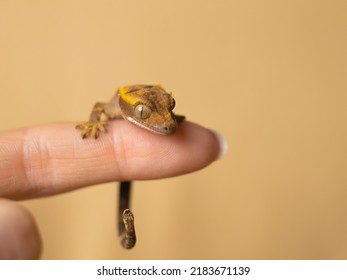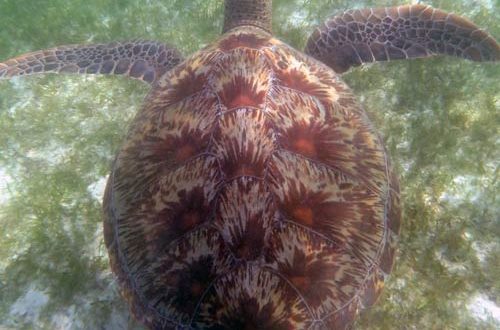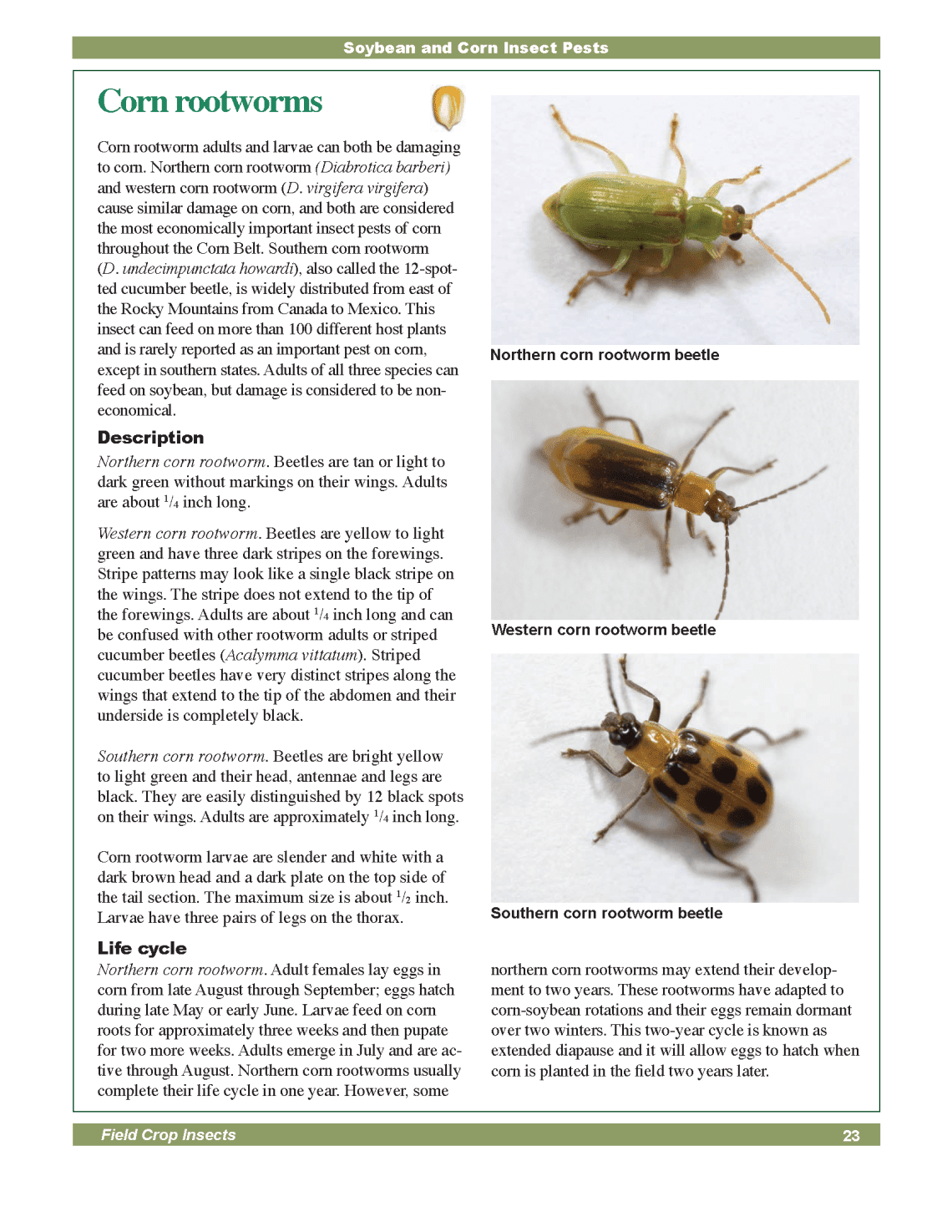
How to properly contain fodder insects?
Contents
Why do insects die?
Wrong transportation
Close containers, overheating or hypothermia are the most common causes of insect death. We recommend transporting crickets in a thermal bag not only in winter, but also on hot days. After unsuccessful transportation, you need to put the crickets in a spacious container and provide them with heat. Dead insects must be removed and high humidity should be avoided.
Too tight content
Often people keep crickets in the same container in which they were purchased at the pet store, but this is wrong. Plastic food containers are shipping containers and are not suitable for keeping insects in them for a long time.
Improper feeding
Sometimes crickets are fed too much, and sometimes they are not fed at all. Both of these are destructive. Too much wet food (carrots, lettuce, apple, etc.) raises the humidity in the container, which kills the insects. If insects are not fed, their nutritional value decreases and they gradually die of hunger and thirst.
Pesticides
If your insects began to die suddenly and en masse, then most likely it is the pesticides that were used to treat the fed vegetables. Most store-bought salads and vegetables are treated with pesticides that are not dangerous to humans, but are effective in killing any insects. At the same time, the purchase of the same lettuce company does not guarantee safety, because manufacturers do not always add pesticides, but only when there is a need for it. Choose dirty carrots and other unsightly vegetables and fruits in the food stores.
How to do everything right?
What to contain?
Keep insects in spacious, well-ventilated containers. They can be made independently using any container, equipping it with a large number of holes not only in the lid, but also along the edges, or purchased ready-made. A special “house” for Cricket Pen crickets is very convenient. With it, you do not have to contact with crickets, it is very convenient to feed, water and remove them for further feeding.
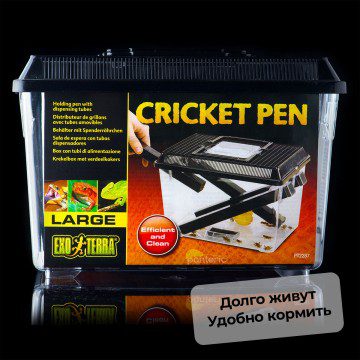
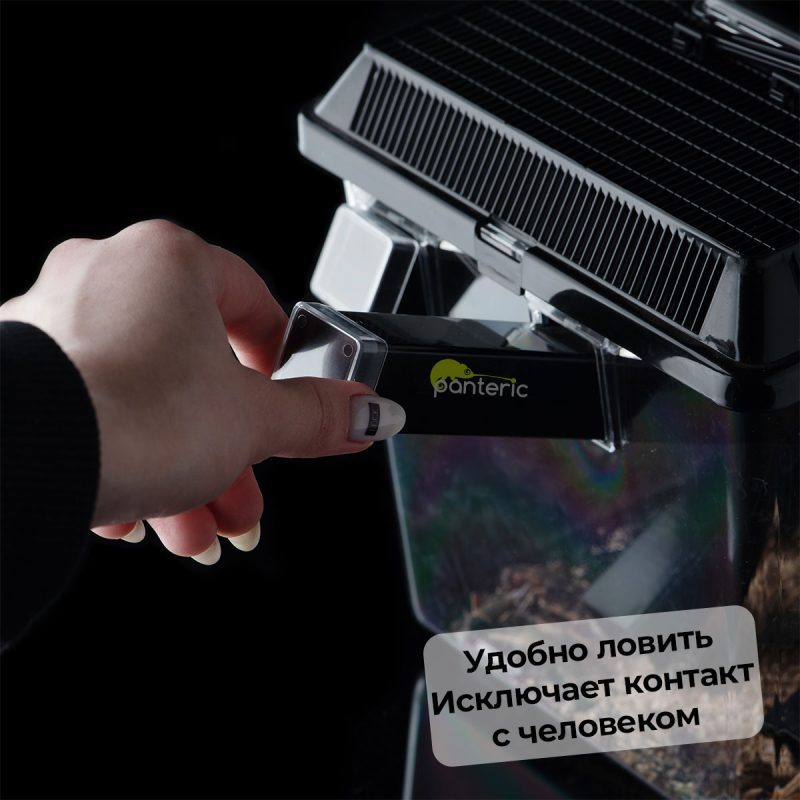
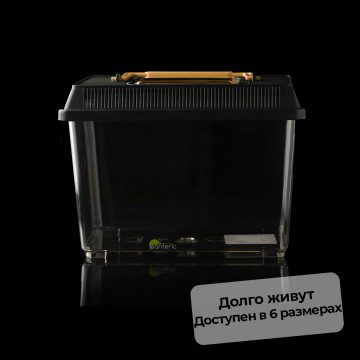
What to feed?
Insects need not only to be fed, but also to be watered. You can cook your own food at home or purchase a special one.
Food at home
On its own, as a dry food, you can use a mixture of wheat bran, dry yeast, dried herbs with gammarus, and as a wet food – lettuce, a piece of carrot or an apple. Sprinkle a thin layer of bran into the feeder or bottom of the container and place 1-2 thin slices of carrots. Add fresh pieces of vegetables daily. Attention! Often purchased vegetables are treated with pesticides. Use only the cheapest and most washed vegetables and fruits.
Ready feed
You can use ready-made insect food. They are extremely nutritious and easy to use. Insect food “Panteric” very convenient and economical. It should be poured into the feeder or at the bottom of the container in a thin layer and updated as needed. But remember that this food does not replace water. Repashy Bug Burger has a rich protein composition and completely replaces dry and wet food. When ready, it swells several times and can be stored in the refrigerator. Repashy Superload designed to fortify insects prior to feeding to achieve maximum nutritional value (Note: Does not replace calcium and reptile vitamins). Use Superload 24 hours before feeding insects to your pet. Excellent for fortification before freezing.
Wet food should be eaten by crickets within a few hours. If you see uneaten food, there is too much food and it needs to be removed. Feed should be 1-2 times a day, otherwise hungry crickets will start to eat each other (especially two-spotted black crickets).
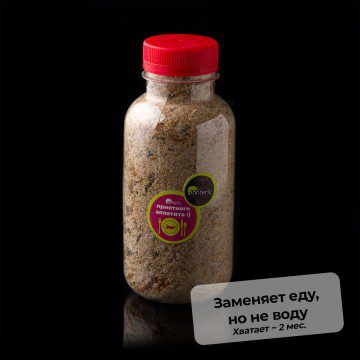
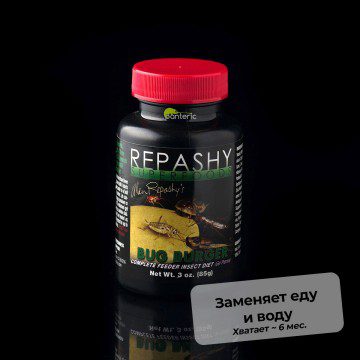
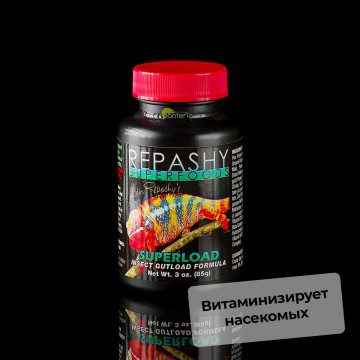
We will tell you how to maintain the health of the Helmeted Basilisk, how and what to feed it properly, and also give tips on caring for a lizard at home.
The article is all about the varieties of the Cape monitor lizard: habitat, care rules and life expectancy.
We will tell you how to properly equip the terrarium, organize the nutrition of the maize snake and communicate with the pet.



